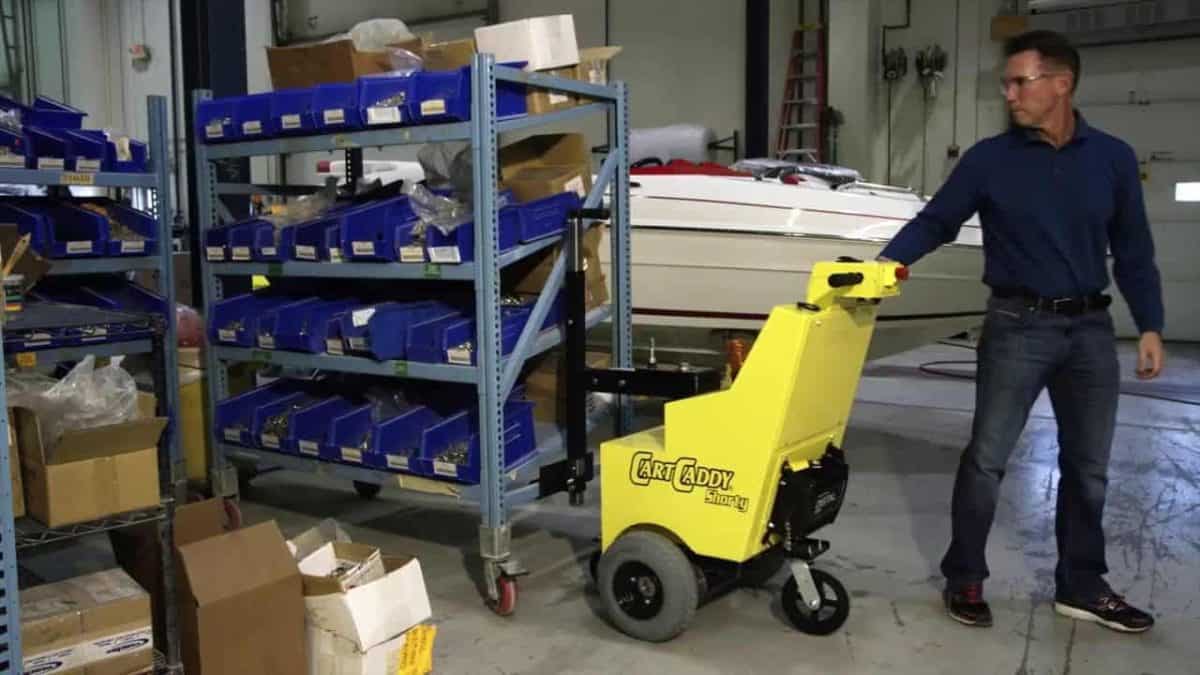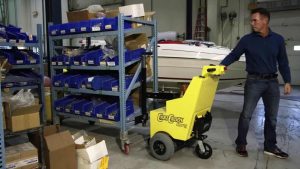
Your company pays close attention to the money invested in quality warehouse equipment. But as today’s gig economy changes the traditional concept of a workplace, how much are you willing to invest in your employees?
Are Warehouse Workers Truly Expendable?
While labor is the largest expense in the warehouse industry, workers are often viewed as easily replaceable commodities. In fact, experts recommend taking the opposite approach and treating employees as your company’s most valuable asset.
With factors such as increased competition creating a sharply reduced labor pool, it’s more important than ever to consider the environment you create for your employees. A worker who feels appreciated puts forth a better effort and is more likely to internalize a company’s mission and goals.
Starbucks: A Culture of Employee Appreciation
Starbucks has maintained an enviable track record of success in the face of stiff competition. While cashiers and baristas are not highly skilled positions, Starbucks CEO Howard Schultz firmly believes that these customer-facing associates are indispensable to the company’s success.
More importantly, Schultz backs up his philosophy with action. Starbucks employees receive a generous benefits package that includes stock options and free college tuition.
Efficient warehouse operations depend on workers who pay attention to details and keep the customer in mind. It’s hard to maintain that level when employees are passing through a revolving door. Why not make it worthwhile for associates to share your vision and culture?
Warehouse Equipment from DJ Products: Tools for Success
Employees work harder when they’re given the training and tools to succeed. Our battery-powered warehouse equipment takes the drudgery out of the toughest jobs and reduces the risk of workplace injuries.
Visit our website and use the handy online chat feature to learn more.
















